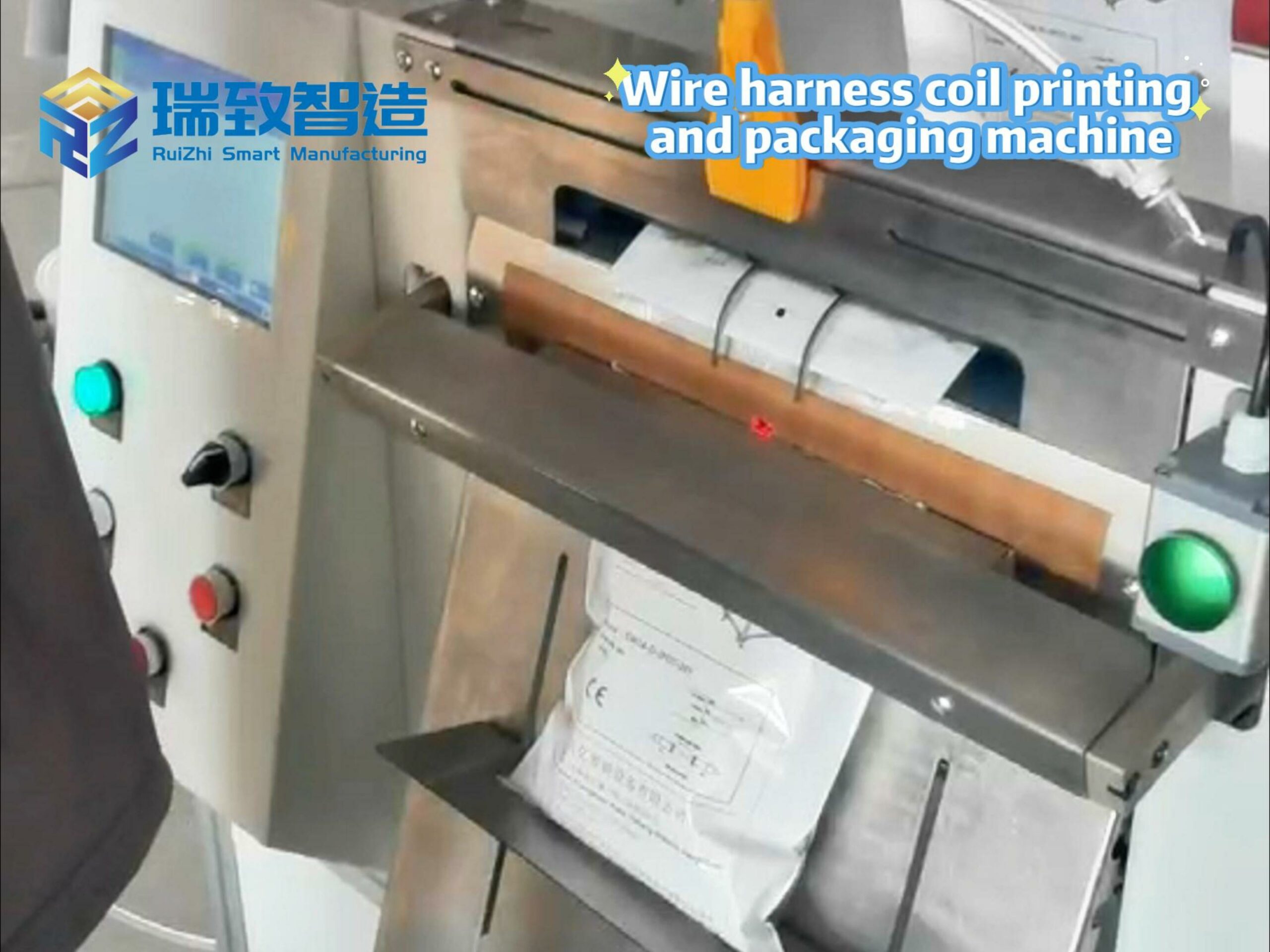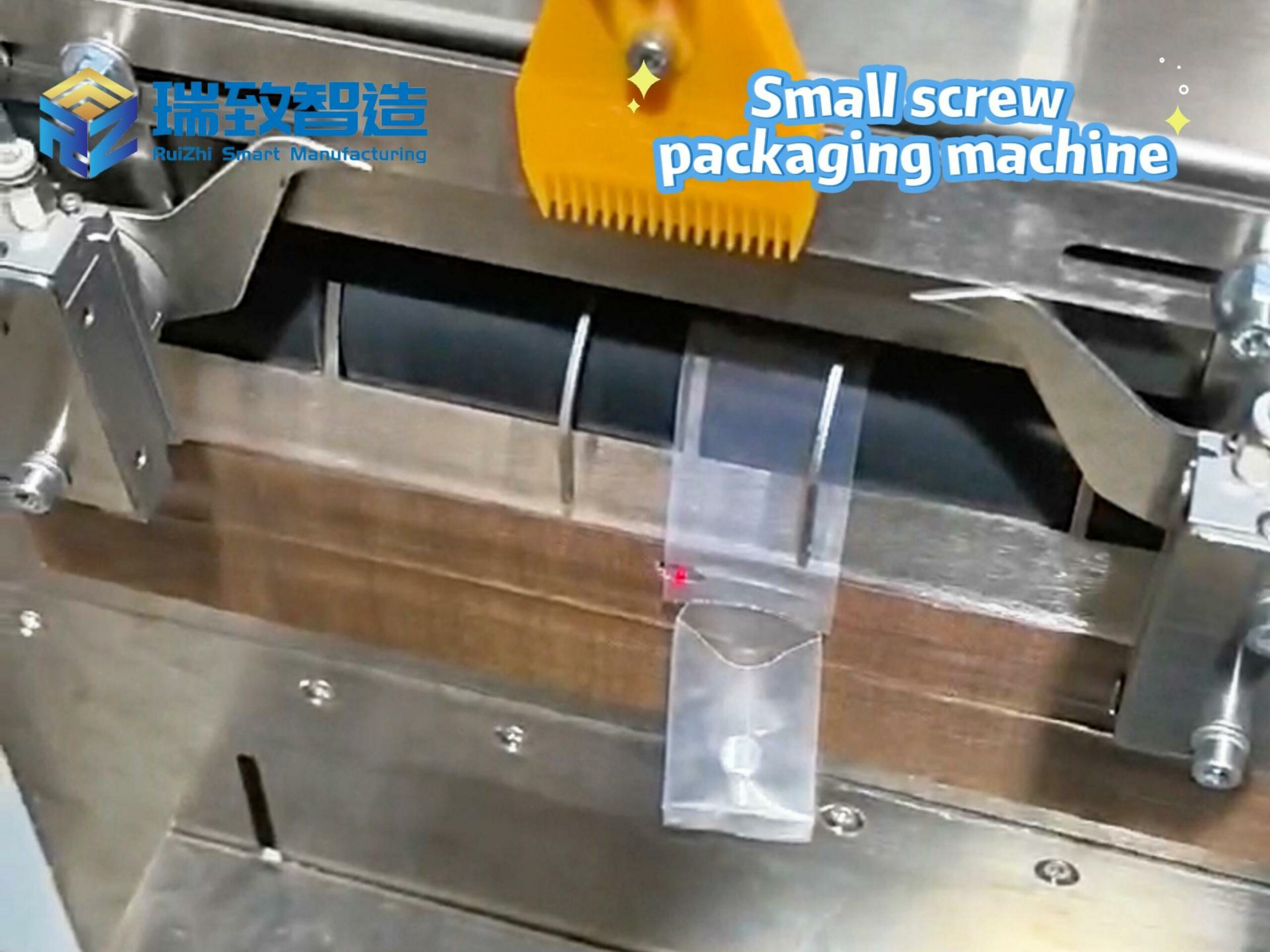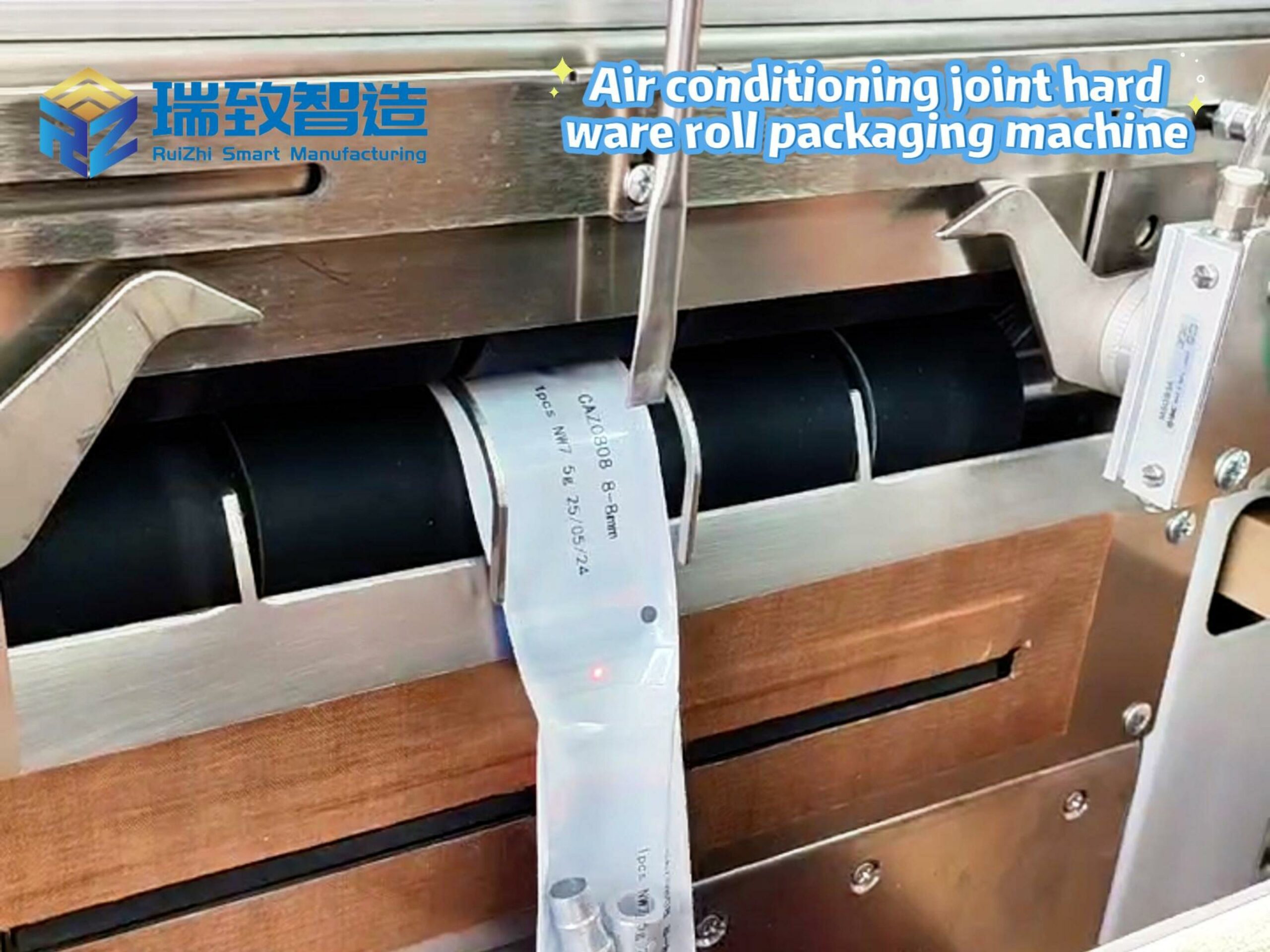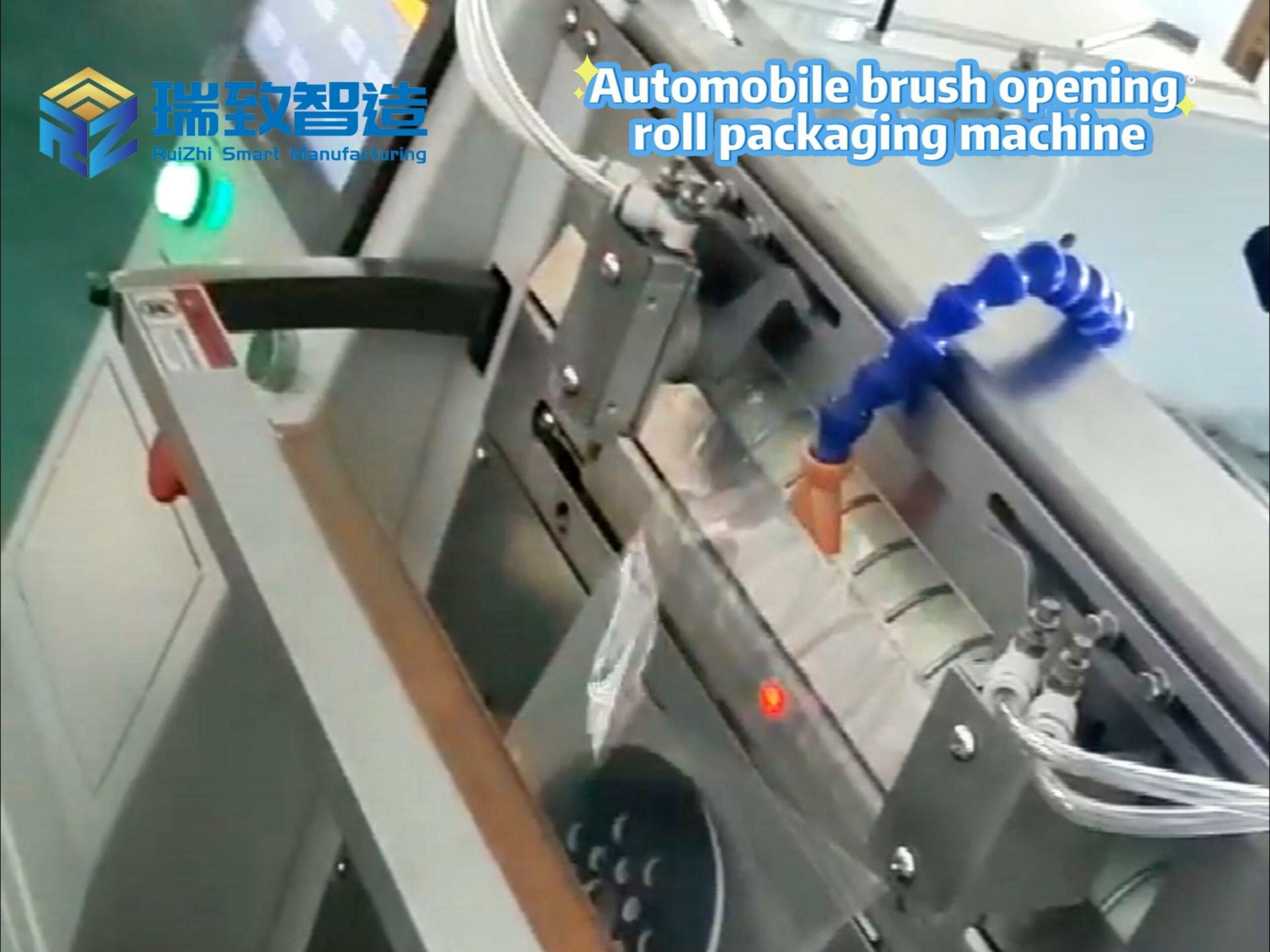
The core of the Internet of Things (IoT) lies in “connectivity.” From WiFi to 5G, to low-power wide-area networks and satellite communications, different connection methods are reshaping how the intelligent world operates.
The Internet of Things (IoT) is profoundly changing the way devices communicate with each other, building an interconnected ecosystem where everyday objects can share data and intelligently respond to the environment. At the heart of this lies connectivity — an “invisible infrastructure” that enables billions of devices to communicate seamlessly on a global scale.
WiFi and Traditional Wireless Solutions
WiFi remains one of the most popular connectivity solutions for IoT devices, particularly suitable for indoor scenarios and pre-existing wireless network environments. Its widespread use in homes, workplaces, and public spaces makes it an ideal choice for consumer IoT products and smart building applications.
WiFi networks offer high bandwidth capabilities, enabling fast and efficient transmission of large data volumes. However, WiFi has limitations, such as limited coverage, high power consumption, and reliance on existing network infrastructure. In industrial IoT scenarios requiring broader coverage, cellular networks become crucial, with dedicated IoT SIM cards playing a vital role in providing reliable wide-area network access for devices.
These specialized connectivity solutions ensure stable communication even in remote areas beyond WiFi coverage. Additionally, in high-density device environments, WiFi networks are prone to congestion, which can affect performance and reliability.
Cellular Networks and Mobile Connectivity
Cellular networks have become a cornerstone of IoT connectivity, leveraging their extensive coverage and stable communication capabilities to keep devices reliably connected across large geographical areas. Traditional cellular technologies like 3G and 4G LTE have been instrumental in supporting mobile IoT applications, from vehicle tracking systems to remote monitoring solutions.
In smart manufacturing scenarios, the efficient operation of Automatic sorting, refining and tray loading equipment relies heavily on cellular networks: Equipped with dedicated IoT SIM cards, the equipment uploads sorting data, refining parameters, and tray loading status in real time. Remote operation and maintenance platforms can dynamically adjust sorting logic and loading rhythms based on this data, ensuring the precise flow of thousands of items per hour even in workshop environments with multiple concurrent devices. This exemplifies the “high reliability and wide coverage” advantages of cellular networks in industrial automation.

A key strength of cellular networks is their ability to provide consistent connectivity regardless of device location, making them ideal for applications requiring mobility or lacking fixed broadband infrastructure. As cellular technology evolves, operators have introduced specialized connectivity plans for IoT needs, such as IoT Flat Rates, which feature predictable pricing structures to help enterprises avoid unexpected data costs during large-scale device deployment, enabling more accurate budget planning.
The global coverage and high reliability of cellular networks make them indispensable in mission-critical scenarios, such as healthcare monitoring systems or industrial automation platforms, where any communication disruption could have severe consequences.
5G and Next-Generation Technologies
The advent of 5G networks marks a new era in IoT connectivity. Its ultra-high speed, ultra-low latency, and massive connectivity capabilities enable entirely new application scenarios. 5G can achieve gigabit-level data rates and millisecond-level latency, supporting real-time applications that were previously unfeasible with older networks.
Moreover, 5G’s enhanced capacity allows a massive number of devices to connect simultaneously without degrading network performance, addressing the concurrent connection bottlenecks of previous generations. When combined with 5G’s edge computing capabilities, computing power can be deployed closer to IoT devices at the network edge, reducing the need to transmit data back to remote cloud servers and significantly enhancing real-time decision-making.
Industries such as autonomous driving, augmented reality (AR), and industrial robotics will benefit significantly from these advancements, as 5G meets their stringent communication performance requirements.
Emerging Connectivity Solutions
Beyond traditional wireless technologies, new connectivity solutions are emerging to meet the diverse needs of different IoT applications. Low-Power Wide-Area Network (LPWAN) technologies, such as LoRaWAN and NB-IoT, are gaining traction in scenarios requiring ultra-long battery life and wide coverage with low data transmission demands.
Meanwhile, satellite communications are expanding the boundaries of IoT, extending coverage to truly remote areas for applications in agriculture, environmental monitoring, and cross-regional asset tracking. Mesh networks, through self-organizing multi-node connections and multi-path data forwarding, create highly robust, self-healing networks that maintain overall connectivity even if some nodes fail.
These diverse connectivity options reflect the maturity of the IoT ecosystem, offering developers high flexibility to balance power consumption, coverage, bandwidth, and cost-effectiveness based on specific application needs.




















